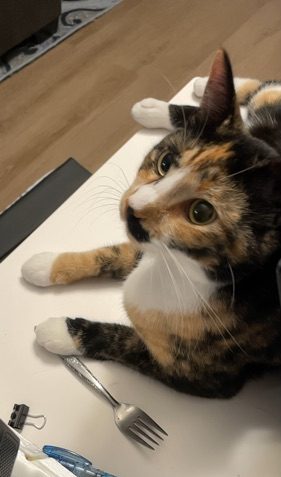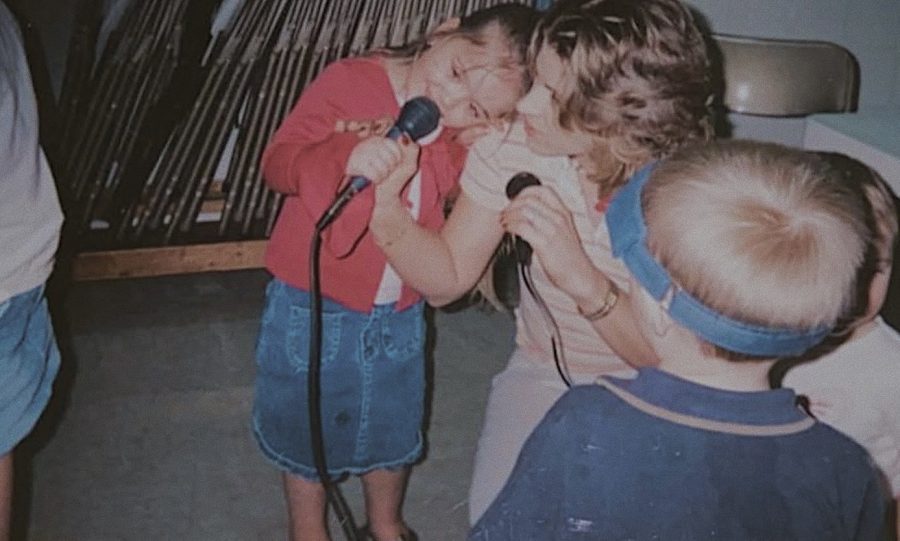Without a steering wheel or both eyes on the road, Tanya Decoux, criminal justice junior, maneuvers herself around campus.
Her vehicle guides her around campus while a student tosses some food toward to the ground.
Fortunately, her vehicle – a dog – is not at a busy street intersection as the food distracts the guide dog and jeopardizes the safety of the passenger.
Other times, students pet her guide dog without consent, which diverts the dog’s attention, causing a hazardous situation.
Similar to Decoux’s experiences, the lack of student etiquette and education about guide dogs jeopardizes the safety of individuals on campus.
IU Southeast, serving as liaison for the IUS community, needs to inform faculty, staff and students about its guidelines on service animals and service animal etiquette.
These situations are similar to yanking the steering wheel out of a driver’s hand or rowing a boat while fighting the rapids and avoiding rocks without paddles. Trainers coach guide dogs to process the environment and secure the safety of the visually impaired person.
Many guide dogs, such as dogs from The Seeing Eye, are extensively trained by the visually impaired individual with the supervision of a sighted supervisor.
A standard 27-day orientation and training process teaches the dog “intelligent disobedience” to learn traffic movement and correct the owner should a car cross the street.
At the appropriate time, the dog’s owner commands the dog to move “forward,” and the dog receives praise for obedience and safely crossing the street. The dog allows the blind handler to gain independence and maneuver around obstacles, including construction and dangerous intersections.
Blind and visually impaired people continue to train and command their dogs, which enables the handler to travel safely and securely across the street.
However, lack of etiquette or education sometimes distracts a dog and causes it to disobey the blind handler. The handler and guide dog form a special bond and are committed to ensuring the safety of both the owner and dog.
This bond and the safety of the owner are jeopardized when, say, someone throws a sandwich at the dog as an ignorant prank, or careless people pet the dog.
As students walks across campus, she participates in the training of the dog in a passive manner – often representing as the greatest distraction to a guide dog.
A blind handler must maneuver around obstacles, and the dog must concentrate on his learned behavior to lead his partner to safety.
When a person approaches a harnessed dog, the dog is actively surveying the environment and cannot be distracted or startled with unnecessary noise directed toward the dog. The blind handler also requires undivided attention to listen to traffic flow and determine the safest time to walk across a street.
Therefore, distractions may disorient the dog and the owner in a hazardous situation. When a person suspects a blind handler needs help, she should offer assistance in a non-intrusive manner – making sure not to distract the dog.
Even while lying down, the guide dog surveys the environment and protects the owner from danger. Unnecessary distractions, such as petting or talking to the dog, divert the dog’s attention and obstruct the learned behaviors and training with praise.
It is also essential to avoid feeding a guide dog without the owner’s permission. Many owners feed guide dogs on a strict regimen and schedule to maintain concentration and health.
At times, a guide dog misjudges traffic or disobeys the blind handler. The blind handler must correct the dog’s behavior in a continual training process; however, trainers instruct the handler on the proper procedures to reprimand the dog.
This conditioning requires the owner to replace the dog’s mistake with the desired behavior and maintain training commands. Likewise, the dog receives praise when it acts according to the handler’s request or when “off duty” without a harness.
In a situation similar to Decoux, adjustment to the dog’s behavior is necessary for safety, and onlookers should not impede on the proper discipline of a guide dog.
Although IU Southeast’s policy about service animals explains “service animal etiquette” in a guideline, the lack of etiquette or education on campus could result in harm to the handler and the guide dog.
IU Southeast, in accordance to the American with Disabilities Act, allows service animals at all times and places to accompany the handler, except in specifically prohibited locations.
The disability policy also requires the “partner/handler” be in full control of the animals at all times” and “service animals shall not be disruptive (e.g., barking inside a building).”
Students need education about service animals and other disability services to protect the safety of students and promote enrichment through sponsoring events for awareness.
Signs on campus or an informative campaign educating students about proper service dog etiquette may help alleviate potential harm or disruption on campus.
A seminar about service dogs could also bring a service dog demonstration on campus and educate students about proper etiquette while also providing an entertainment value.
It is as much of a responsibility for the student to eliminate unnecessary encounters as the handler to control the service animal.
Students need to be respectful of the IUS guidelines and remember service animals assist the handler as an invaluable resource.
A guide dog serves as the proper means to protect an individual and allows her equal access on campus.
A person would not drive a car while intoxicated or without a steering wheel.
Why should we endanger the lives of individuals to feed a dog?
These individuals, too, need both hands on the wheel.
STAFF EDITORIAL
horizon@ius.edu






